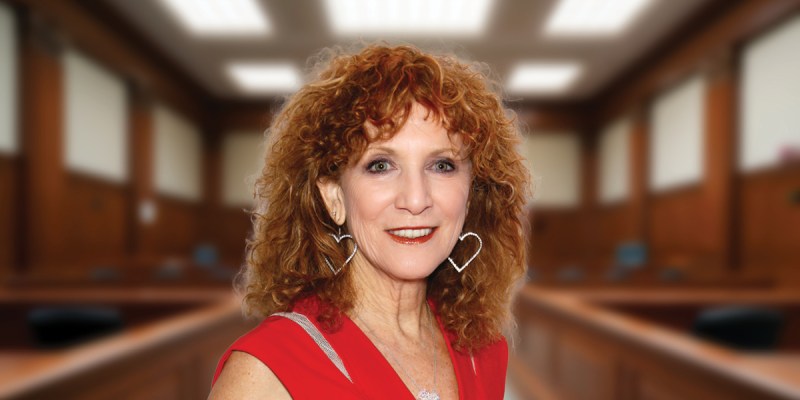By Harvey Goodman
I think that winter depression is finally settling in. The compost bin is full, the leaves have long been raked up, the lawn is covered with snow, some of the more sensitive shrubs have been protected from the cold weather; bulb beds prepared several months ago are covered with mulch and await the warm weather, and I have cleaned and re-cleaned my garden tools for the sixth or seventh time .
Time to break the seasonal mental lull — let’s get busy putting together a winter herb garden.
Cooking aficionados appreciate the use of fresh herbs in their favorite recipes. Frozen and dried herbs are a make-do addition, but nothing compares with the freshly picked variety. So now we have two good reasons to start the herb garden — to enjoy winter planting and have a great meal.
I prefer planting annual herbs rather than perennial. Perennials need a period of dormancy, and while they can be grown indoors, they grow slowly, and don’t seem to appreciate the lack of a dormancy period. Annuals, however, are grown by seed, and if provided with the correct conditions do remarkably well indoors.
Some common annuals that grow well indoors include: basil, cilantro, dill, parsley and fennel . The problem is to find a nursery that still has packets left over from the spring. Nurseries will not receive a fresh supply until late March or April.
The soil mix I use for this project is very light, much lighter than traditional potting mix packaged in bags. A commercial brand called Pro-Mix seems to have just the right consistency of peat, vermiculite, perlite and some nutrients.
Plastic or clay containers, your preference, will serve as our winter planting domain. Remember, clay containers are more porous than plastic, thus permitting the soil to dry rapidly. If you think that you will not remember to water the plants, use a plastic container.
Sprinkle the seeds on the surface of the soil, cover with a thin layer of soil, and moisten thoroughly. Pat the seeds down with your hand to ensure contact with the soil. Once you have watered the seeds, place the pot in a clear plastic bag and close the bag. This procedure will keep in the moisture and allow the seeds to germinate undisturbed. Place the pots in a warm location. Bottom warming is best. The top of a refrigerator is a good location — you want to keep the pot at a temperature that is at or slightly above 70 degrees.
After about three days, the seeds will germinate. Remove the plastic bag and place the germinated seeds in a warm, lighted area , but away from direct sun.
Wait seven to 10 more days, and then move the plants into a sunny location. The more sun they receive the better they will grow.
With the exception of basil and parsley, you really do not have to thin out the herbs. Basil and parsley need a bit more space and do best when thinned out or transplanted to pots containing two to three plants.
<i> Plant Tip</i>
By this time of the year, your beautiful ferns probably look like they are more depressed than you. Ferns require moderate light, but plenty of moisture. Both conditions are hardly met during the “indoor” winter season.
To revive your fern, begin by removing dead fronds and vegetation. Place the potted fern in a container that has been lined with gravel. Place water in the container until it reaches the tips of the gravel. The water will gradually evaporate, keeping the fern moist. Likewise, the soil should be kept moist, but not wet. Drafty window sills are a bad location for temperature-sensitive ferns. Best location — now don’t laugh — is a well-lighted bathroom. The humidity from a warm shower or bath will make your fern believe it has died and in Heaven.
<i>Questions or comments on gardening and plant care can be addressed to: The Plant Doctor, c/o Queens Publishing Company, 41-02 Bell Blvd. Bayside, N.Y. 11361. Or e-mail: harvey.goodman@worldnet.att.net </i>



































